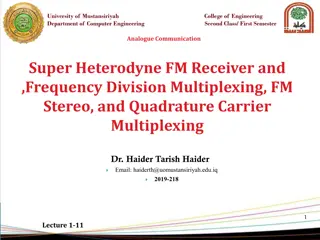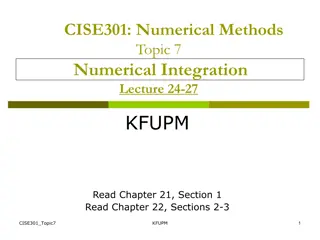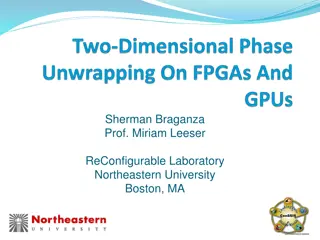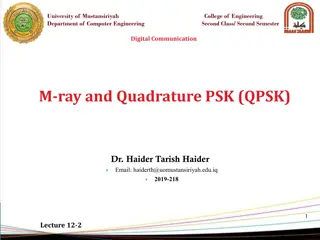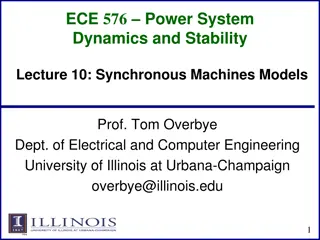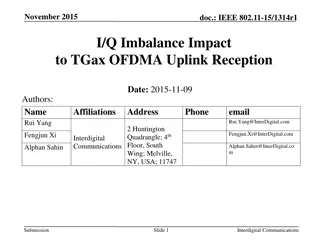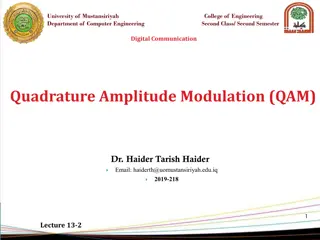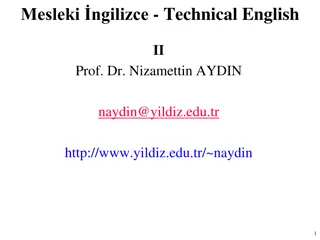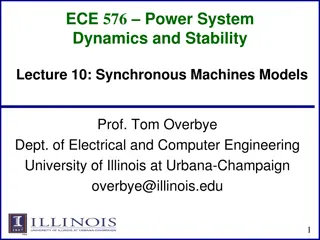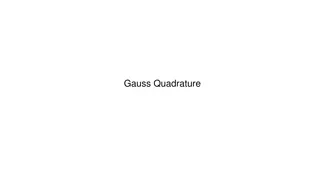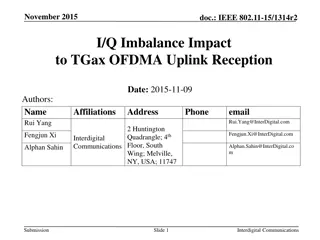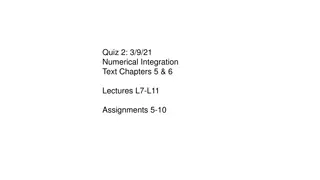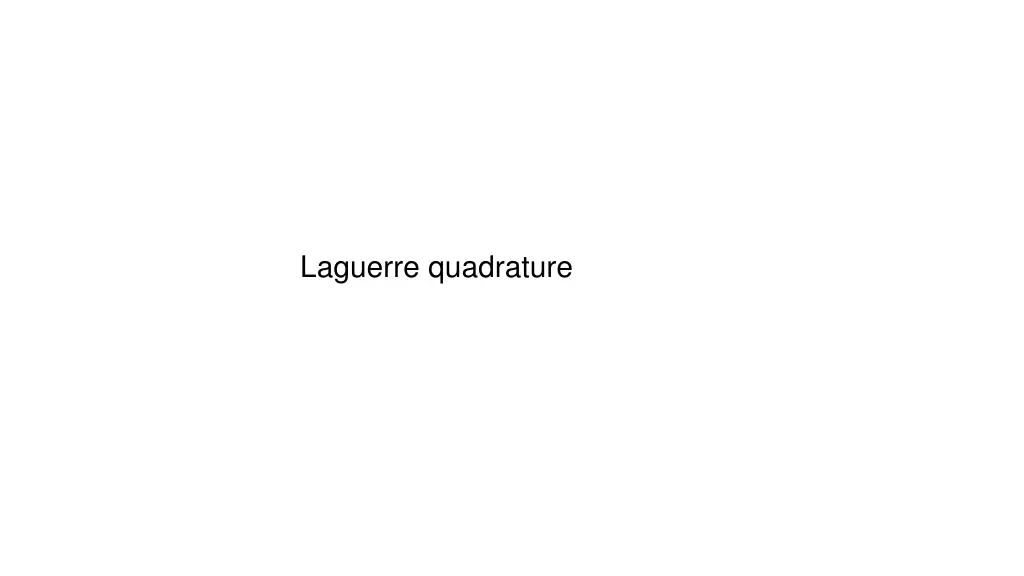
Laguerre Quadrature for Numerical Integration
Learn about Laguerre quadrature, a numerical integration technique used for approximating integrals from 0 to infinity. Explore various methods like composite trapezoid, Simpson's rule, Gauss quadrature, and the transformation of variables. Understand the application of Laguerre polynomials and pseudo-code for implementing Laguerre quadrature with 2 to 5 points.
Download Presentation

Please find below an Image/Link to download the presentation.
The content on the website is provided AS IS for your information and personal use only. It may not be sold, licensed, or shared on other websites without obtaining consent from the author. If you encounter any issues during the download, it is possible that the publisher has removed the file from their server.
You are allowed to download the files provided on this website for personal or commercial use, subject to the condition that they are used lawfully. All files are the property of their respective owners.
The content on the website is provided AS IS for your information and personal use only. It may not be sold, licensed, or shared on other websites without obtaining consent from the author.
E N D
Presentation Transcript
1 1 0 dx x Integrand diverges at the lower limit, but the integral has a finite value. Anti-derivative of x-1/2 is 2x1/2 1 1 0 dx = 2 x Exact value of 2. Can it be estimated by the composite trapezoid and Simpson rule? What about Gauss quadrature?
1 1 0 dx Change the variable of integration in x by the transformation y = ln(1/x) = -ln(x)
1 1 1 1 0 0 dx dx Change the variable of integration in x x y = ln(1/x) = -ln(x) when x=0 y=infinite when x=1 y=0 dy = -dx/x x(y) = exp(-y) 1 0 1 x(y)dy y 0 0 = = dx exp( )dy 2 x x(y)
1 1 y = dx exp( ) dy 0 0 x 2 By arguments like the Guass-quadrature theorem, Laguerre derived an approximation to infinite integrals in which the integrand is evaluated at the zeroes of the Laguerre polynomials n = = k exp( ) ( ) f(x)dx x f x 0 k k k 1 This formula only can be applied when f(x) is rapidly decreasing with increasing x, which is required for the integral to be finite.
n = = k exp( ) ( ) f(x)dx x f x 0 k k k 1 Note: Only applies to 1 type of integral Less symmetry than with Gauss quadrature Use first and last columns. Watchout for errors in data entry.
Pseudo-code LQ2345(f) % Laguerre quadrature for integral between 0 and infinity with 2-5 points enter points and weights from table initialize sum for each number of points calculate integrand where it is to be sampled calculate weighted average of integrand samples return values
Note that the only argument is a function handle for the integrand and output is a vector.
Assignment 10 1 1 y = dx exp( ) dy 0 0 x 2 Approximate integral in x variable by Gauss quadrature with 2, 3, 4, and 5 points Approximate integral in y variable by Laguerre quadrature with 2, 3, 4, and 5 points Report your results as a table of absolute percent difference from exact = 2. Hand in a copy of the command window where Gauss and Laguerre are called.
Gauss with x as integration variable Laguerre with y = -ln(x) as integration variable 1 1 0 dx x



